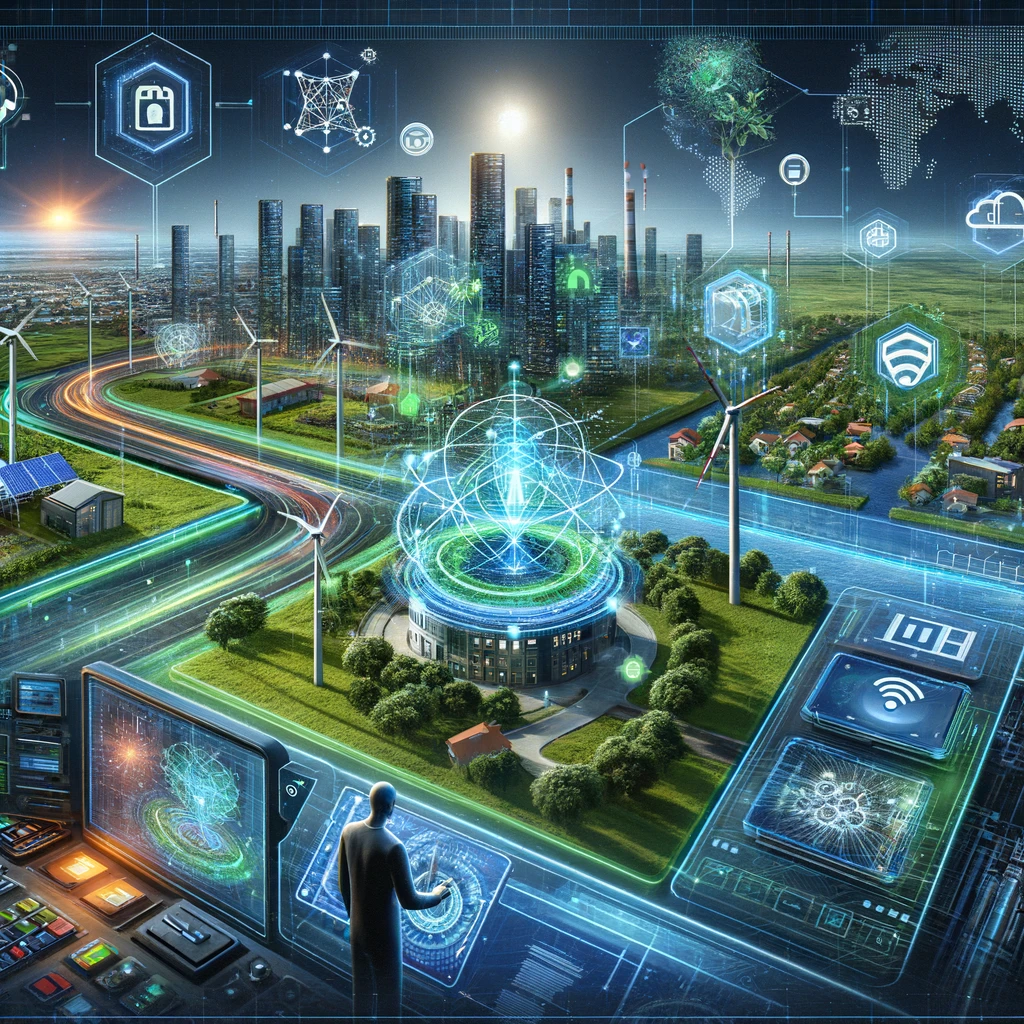
The concept of digital twins has carved a niche in the technological landscape, revolutionizing how we interact with real-world entities through their virtual counterparts. As we look towards the future, digital twin technology is poised for transformative advancements, driven by integration with artificial intelligence (AI), machine learning algorithms, and a focus on sustainability. These emerging trends hint at a future where digital twins become central to decision-making in industries ranging from manufacturing to urban planning and beyond.
Future advancements in digital twin technology are likely to emphasize enhanced predictive capabilities and real-time decision-making. Currently, digital twins are used to mirror physical objects and systems, allowing for scenario testing and operational monitoring. The next evolution will likely involve dynamic digital twins that update and react in real-time to changes in their physical counterparts. This will require robust data streams and faster processing capabilities, potentially leveraging quantum computing to handle complex simulations and data analysis at unprecedented speeds.
The integration of AI and machine learning is transforming digital twins from static models into learning systems that can predict equipment failures, adapt to changes in their environment, and optimize themselves for improved performance. For instance, in manufacturing, AI-enhanced digital twins could predict wear and tear on equipment and suggest maintenance schedules or operational adjustments to maximize efficiency and extend the life of physical assets. These intelligent systems are not just reactive but proactive, using historical data and ongoing analysis to improve future outcomes.
Another significant trend is the application of digital twins in sustainability efforts. As global attention shifts towards sustainable practices, digital twins can play a pivotal role by simulating and analyzing the environmental impact of various practices and scenarios. For example, digital twins of cities could help urban planners design energy-efficient buildings, optimize traffic flow to reduce emissions, and manage resources more effectively. Similarly, in agriculture, digital twins can help in modeling crop growth under different conditions, optimizing water usage, and minimizing the impact of farming on the environment.
The potential for digital twins to support sustainability is also evident in the energy sector. By creating digital replicas of renewable energy sources, such as wind farms or solar panels, stakeholders can optimize the placement, maintenance, and energy output of these installations before they are built in the physical world. This could drastically reduce the trial-and-error method currently prevalent in renewable energy projects, leading to more efficient and effective green energy solutions.
The intersection of digital twins with the Internet of Things (IoT) and edge computing is a trend set to expand. IoT devices feed real-time data into digital twins, enhancing their accuracy and utility. At the same time, edge computing facilitates faster processing and responsiveness of these systems, enabling them to operate independently of central systems when necessary. This synergy could lead to more autonomous, intelligent systems capable of operating at the edge of the network, where they can make decisions and act without human intervention.
As these technologies continue to evolve, so too will the ethical and regulatory landscape. Ensuring that these advances in digital twin technology are used responsibly will be crucial. This involves addressing privacy concerns, securing data, and maintaining transparency in how digital twins are used and what for.
The future of digital twins is one of greater integration, intelligence, and impact, particularly in promoting sustainability and efficiency across multiple domains. As we continue to innovate, the potential applications of digital twins are limited only by our creativity and commitment to ethical technology use, heralding a new era of digital-physical interaction.